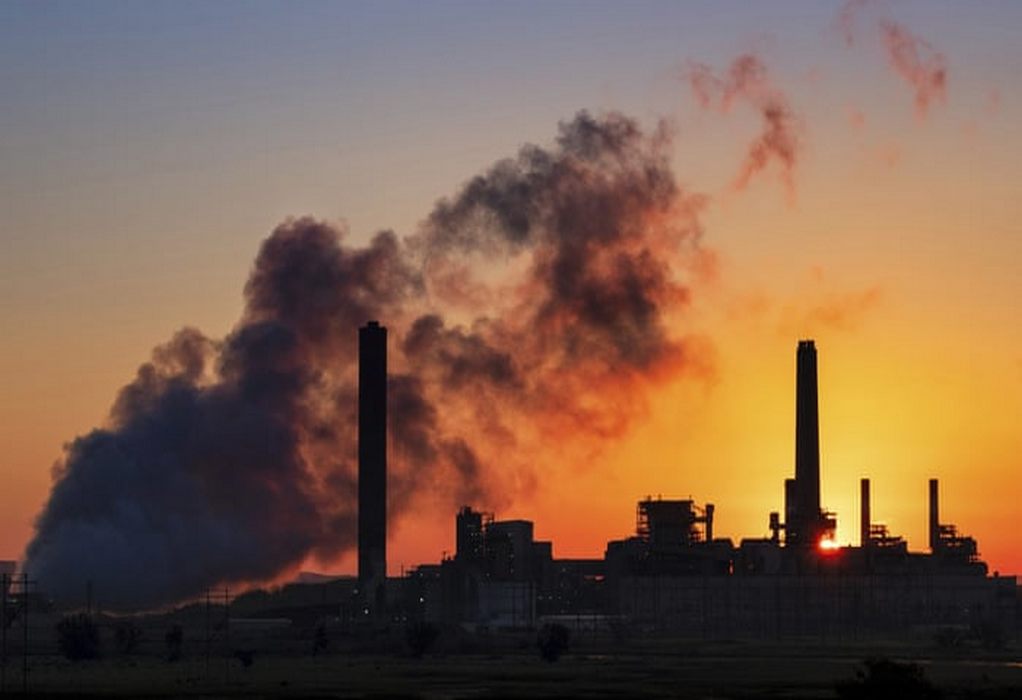For many years now, environmental issues have been occupying an ever-greater role in the media spotlight. With more and more consumers worried about issues such as climate change and global warming, the monitoring and measurement of emissions – followed by the publication of those figures to demonstrate whether emissions are rising or falling – has become common practice.
But who, exactly, is responsible for obtaining the data? Well, the answer is twofold. The passing of legislation such as the medium combustion plant (MCP) directive now requires all manufacturing plants, power stations and other industrial facilities to compile their own datasets on their emissions and submit them to the relevant authority for review. At the same time, governments, regional bodies and independent organisations also collect emissions data in order to verify the figures submitted by private businesses and to keep track of the bigger picture when it comes to emissions around the world.
Self-monitoring
For those business owners whose work involves the production of potentially damaging emissions, it’s likely that they will be required to obtain an environmental permit prior to beginning trading. If that’s the case, one of their chief duties will be to monitor and measure the emissions generated by their facilities using the Monitoring Certification Scheme (MCERTS).
This scheme covers all types of emissions, from those which emanate from smokestacks in factories and power plants to those which exit water and wastewater treatment effluents to those which negatively affect soil quality, fertility and performance. There is plentiful information on the government website about how to go about monitoring those emissions and reporting them to the relevant authority. Failure to comply could result in substantial fines, a shutdown of the business in question, jail time for the non-compliant business owner or a combination of the above.
Oversight monitoring
While individual companies are tasked with recording and reporting their own emissions, there are other mechanisms in place to keep track of the bigger picture. Depending on the country and jurisdiction in question, this can differ significantly. For example, the Environment Agency is one such body in the UK, reporting to the Department of Environment, Food and Rural Affairs, while the USA has its Environmental Protection Agency to police emissions and relies on data from a variety of sources (including NASA) to back up its policies.
These larger organisations are not just there to catch out those who misreport or do not file measurements of the emissions on their site – though that is certainly within the remit of many. They also aim to provide a greater overview of emissions on a national, international and global scale, allowing climate scientists and interested citizens to understand, at a glance, how our performance with regard to emissions is faring in the long term.
Source: https://www.envirotech-online.com/
Tags: Climate Change, Emissions, MCP, selfmonitoing



Recent Posts
Royal Caribbean Welcomes LNG-Fueled Star of the Seas to Its Fleet
Swire Shipping Launches ‘Voyage to Zero’ to Help Customers Cut Scope 3 Emissions Swire
Pinnacle Marine Launches B100-Powered President 100 for Biofuel Trials
Assam Puts Green Hydrogen Policy on Hold, Investors Reassess Plans
MNRE and Odisha Chart Roadmap for National Green Hydrogen Mission
Hyundai Glovis to Retrofit Seven PCTCs with Avikus AI Navigation System
Super Terminais orders three more Konecranes Gottwald ESP.10 Mobile Harbor cranes
Covestro and HGK Shipping Extend Partnership to 2040 with Focus on Wind-Assisted Vessel Retrofit